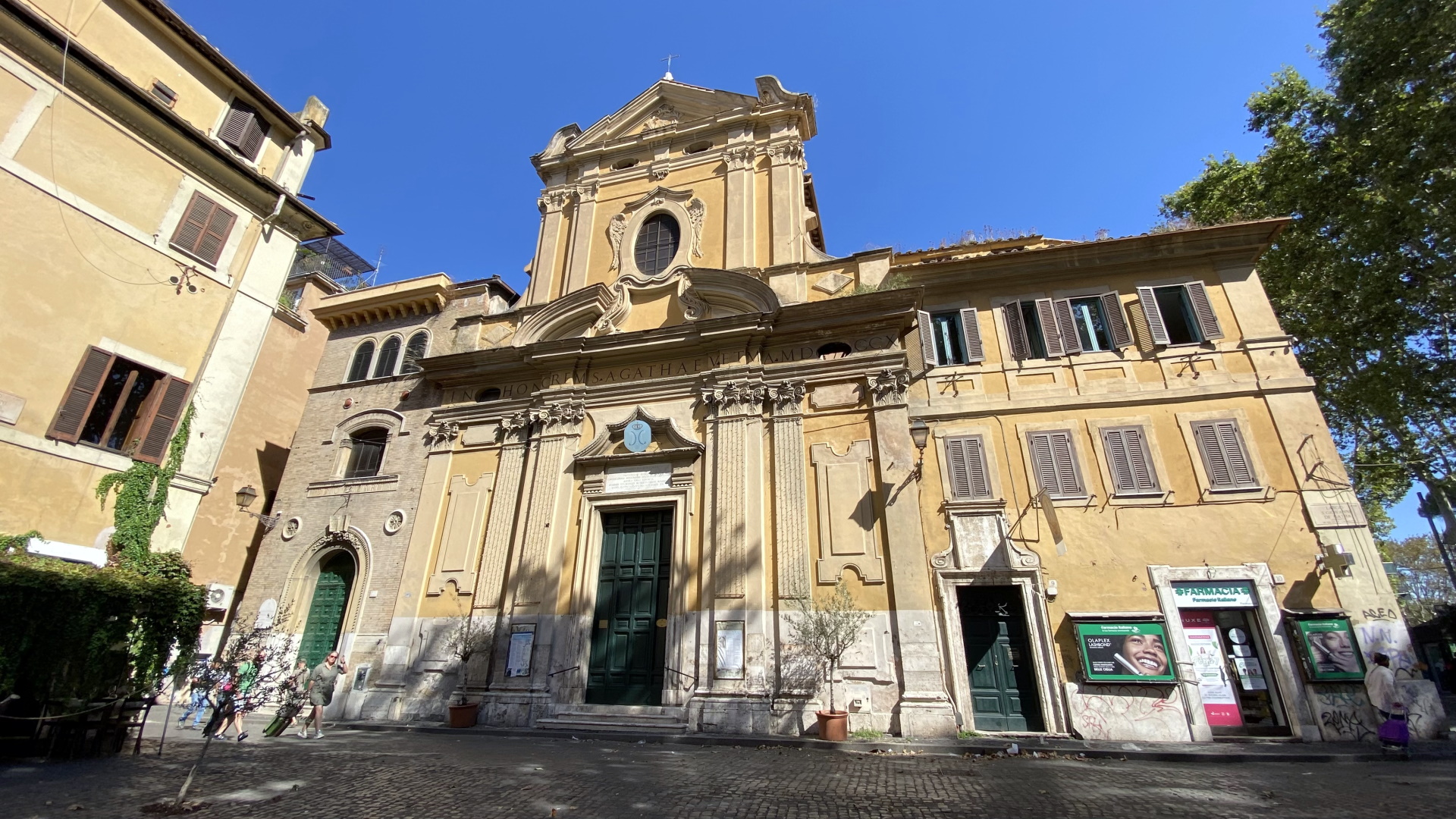
Located in the Rione Trastevere, facing the right side of the ancient Basilica of San Crisogono, the church is dedicated to the young noble from Catania, martyred in the mid-third century.
According to tradition, based on the Liber Pontificalis (The Book of Popes), the origins of the building date back to the 8th century AD, although the first known historical information dates its construction to the beginning of the 12th century.
The church owes its current appearance to various restoration interventions, including the most decisive of 1710, by the hand of several artists. The 18th-century façade with two orders, the work of Giacomo Onorato Recalcati, is characterised by late Baroque forms, slightly protruding, and Borrominian elements. It is crowned by an elegant bell gable with two bells, one of which, called “Agostino”, of 16th-century Flemish manufacture. The interior has a single nave with three chapels on each side and a floor in white Carrara and Bardiglio marble slabs. The barrel vault is decorated with figures of angels and medallions and the Assumption, an 18th-century fresco by Girolamo Troppa.
The main altar, characterised by a floor in yellow Siena and antique red marble, is dominated by the majestic altarpiece by Biagio Puccini depicting the Martyrdom of Saint Agatha. Puccini, an 18th century painter, also painted the Madonna del Rosario between Saints Dominic and Catherine, on the third altar on the right, and the Crucifix with the Virgin, Magdalene and St. John the Evangelist at its feet, the altarpiece in the third chapel on the left. In the apse basin is a scarcely visible fresco by Troppa.
Among the works preserved inside are: The Virgin appears to St. Gregory II by D. Monastello, the 18th-century altarpiece in the first chapel on the left; San Michele Arcangelo, an unknown work of the 18th century, the altarpiece in the first chapel on the right; The Apparition of the Virgin to St. Anthony of Padua and other saints, an unknown painting from the 17th-18th century on the second altar on the left.
To the left of the main altar is the famous wooden statue of the Madonna del Carmine, known as "Madonna dé Noantri", patroness of the district, celebrated with a solemn procession on the first Saturday after 16 July in the popular Festa dé Noantri.
Photo: Redazione Turismo Roma
Basilica of Saint Crisogono
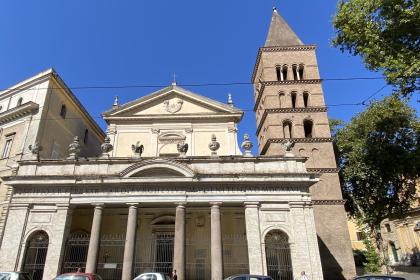
 Condividi
Condividi
The Basilica of Santa Maria in Trastevere
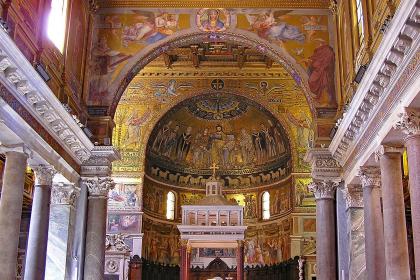
 Condividi
Condividi
Museum of Roma in Trastevere
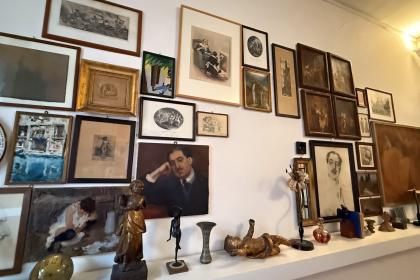
 Condividi
Condividi
Basilica of Santa Cecilia in Trastevere
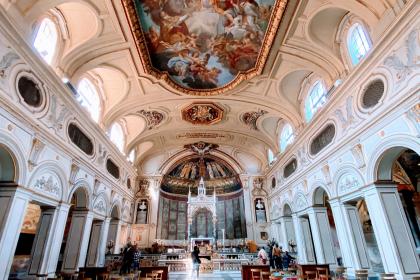
 Condividi
Condividi
Information
For the timetable of the masses and visiting conditions, please consult the contacts.
 Condividi
Condividi
Location
To find out about all accessibility services, visit the Rome accessible section.











































